<![CDATA[
– News and commentary covered by Quincy Quarry News.
Public transport is in decline in many wealthy cities around the world.
Just as the MBTA is ramping up to spend many billions on expanding its capacity as well as adding areas served and Quincy’s City Hall is betting local taxpayers’ ranch houses on a transit-oriented redevelopment of long downtrodden Quincy Center, ridership on public transit is declining.
In recent years, every kind of mass public transportation became less busy in the United States.
Blame telecommuting, Uber, cheap car loans, low gas prices and the Internet.
Los Angles has tried harder than many other American cities to ramp up its public transit system. Since 1990 voters have approved three tax rises to pay for public transport. Railways, subways, trolleys and a rapid-bus network have been built.
Public-transport users, however, are dwindling. In the past five years the number of trips taken in metropolitan Los Angeles has dropped by 19%.
New Yorkers took 2.8% fewer weekday trips on public transport and 4.2% fewer weekend trips in the twelve months prior to April 2018 as compared with the previous year.
In Chicago and Washington DC, the decline in public transit use has been even steeper.
Public transport is holding up better in other Western countries, but not by much.
In London, bus ridership is down by 5% since the 2014-15 fiscal year and while the London Underground has remained more popular, between March 2017 and March 2018, its passenger numbers fell by 1.4% in spite of a contemporaneous population growth of about 1% and a 3.3% rise in employment.
Similarly, the Paris Metro carried only as many passengers in 2017 as it did in 2012. And in Berlin, public transit rides are growing by only about half as quickly as has employment.
While public transportation services have deteriorated in some cities, perhaps a larger factor is even where public transit is as good or better than it ever has been, it has come to seen as relatively dismal because people have acquired better options.
Uber, Lyft and other “ride-hailing” car services are probably luring people away from trains and buses just as they are demolishing the taxi trade. In San Francisco, public transport accounts for 16% of all weekday trips and whereas ride-sharing takes care of 9%.
Also, other technologies are nibbling away at buses and trains.
Many cities have encouraged cycling by creating bike lanes and permitting app-based bike-rental services. Cycling, although still relatively uncommon, is proportionally the fastest-growing commuting mode in America.
Another possibility is that city-dwellers are simply traveling less.
For example, the growth of online shopping appears to be reducing weekend public transit ridership to urban shopping centers as well as retail sales.
Work habits and work places are also changing.
The Gallup Poll found in 2016 that 43% of American workers spend at least some of their time working remotely, up from 39% in 2012.
Remote working also intensified as telecommuters spent significantly more of their time telecommuting.
Additionally, in higher income cities the fiercest competition for public transit comes from driving. After all, fuel costs have declined in recent years while vehicle gas mileage have improved.
Further, in spite of a much and widely trumpeted urban revival, America’s suburbs and more distant “exurbs” are growing faster than its central cities. Even some European cities are sprawling.
In turn, many of these places have poor public transport but plenty of room for cars.
Plus, even were public transit is heavily used by poor immigrants, immigrants often opt for driving cars as soon as their incomes rise.
Even so, it would appear that public transit is not going to disappear. People will keep using it when it is convenient, when they are feeling pinched, or when it is raining.
But the days when commuters and shoppers followed regular tracks around cities, like migrating birds, appear to be over.
Tony Travers, an urbanist at the London School of Economics (and a convert from the Tube to cycling) calls it “a fragmentation of the world as we knew it.”
Source: Public transport is in decline in many wealthy cities
]]>

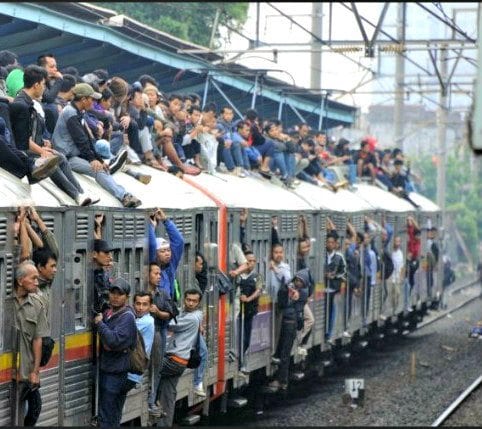
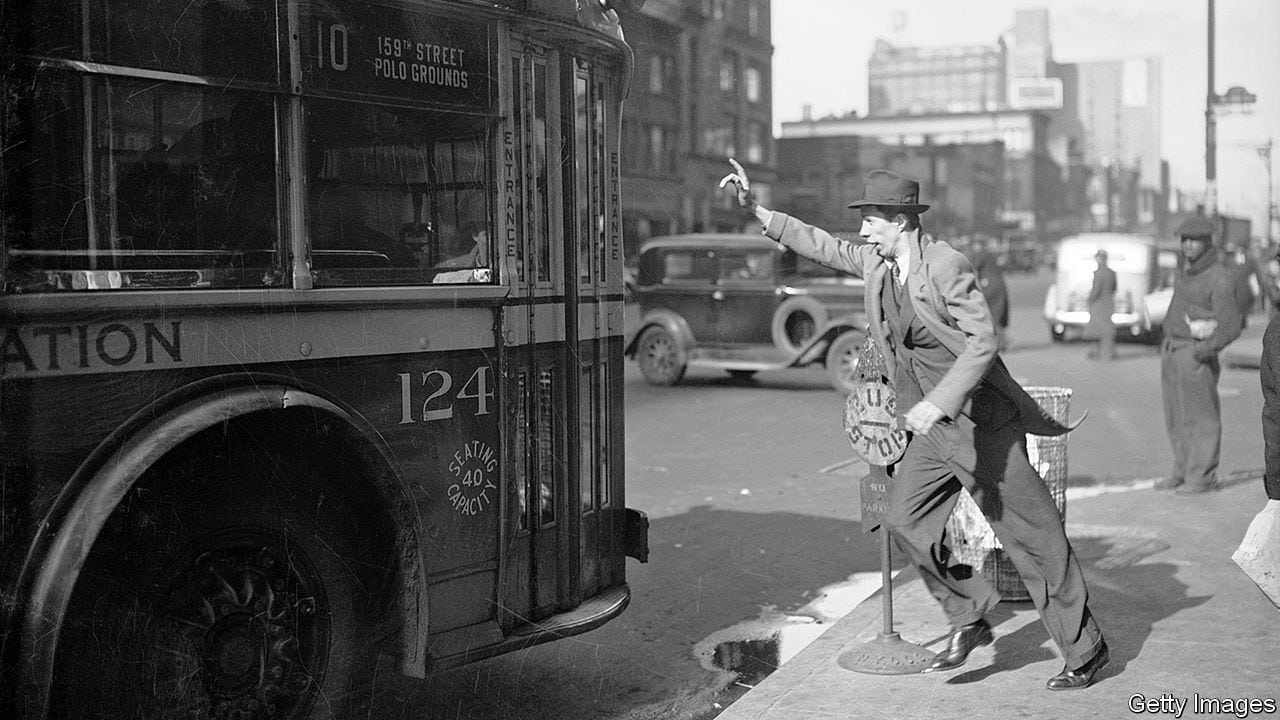
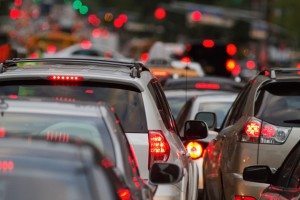
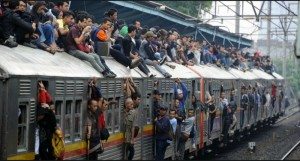
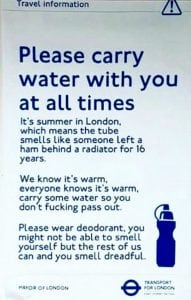


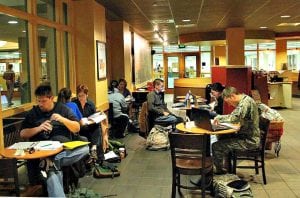


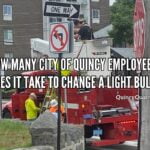

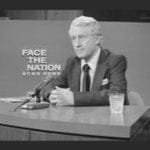






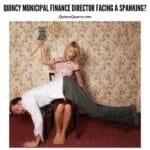

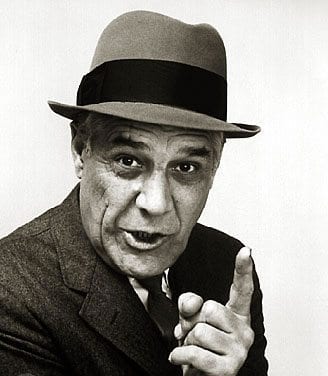

QuincyQuarry.com
Quincy News, news about Quincy, MA - Breaking News - Opinion
No more posts